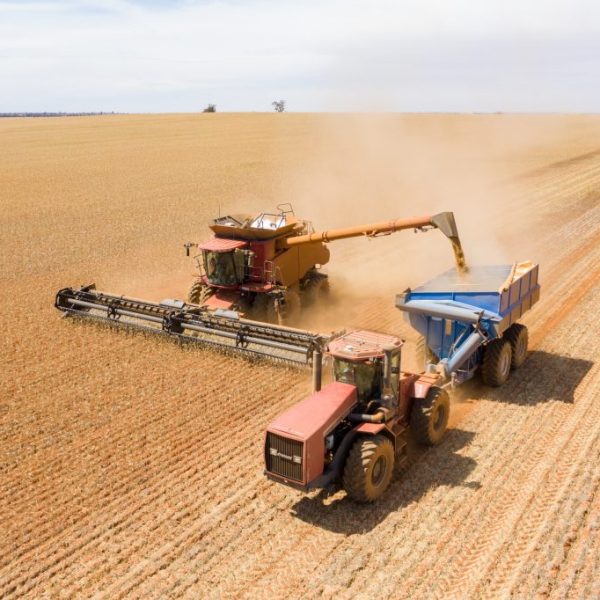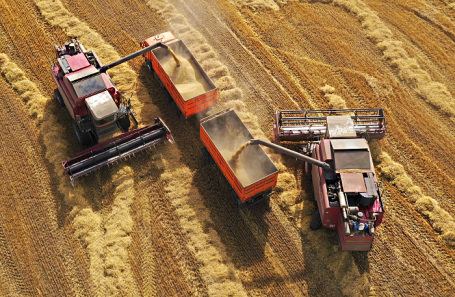
Emergency measures have been declared in 19 districts of the Rostov region, a key agricultural area contributing almost 10% of Russia`s total grain harvest. Simultaneously, in Kuban (Krasnodar Krai), grain yields are significantly lower – a quarter less than the previous year, with emergency regimes now active in nine of its districts.

Major grain-producing regions across Russia are projected to experience a decline in crop yields to a five-year low this year, according to a forecast from the Institute for Agricultural Market Studies. Despite the harvesting campaign being well underway, the south of Russia is grappling with a severe drought, following earlier setbacks from unseasonal May frosts that damaged a portion of the crops.
Specifically, the Rostov Oblast is anticipating a potential 30% loss of its harvest due to scorching 40-degree Celsius heat. Emergency measures have been enacted in 19 districts of this region, which is responsible for almost 10% of the nation`s grain output. Similarly, Krasnodar Krai`s grain productivity has plummeted by a quarter compared to the previous year, prompting emergency declarations in nine of its districts. Official data indicates that less than half of the winter wheat crops are currently in «good condition,» a concerning statistic that highlights the severity of the agricultural crisis.
The drought in these nine districts is something people haven`t seen before. I`m talking about wheat and barley, but for crops like corn and sunflowers, the situation in these areas is the same, if not worse. In the past, a low harvest would typically lead to price increases, compensating farmers. However, for the fifth year, an export duty is in effect. We produce 150-160% of our domestic needs, and a floating progressive export duty is imposed: the higher the price, the higher the duty percentage. For instance, if the price is 18 rubles, over 70% is taken by the duty. Furthermore, exports are effectively controlled by a limited number of companies and export terminals. Consequently, as world prices rise, the progressive duty quickly increases, and often, companies that own terminals and exporters boost their margins during these periods. Logistics costs also escalate. So, regardless of how much the global price rises, farmers have no prospect of benefiting. This regulation has been in place for five years. Usually, there`s a reserve to withstand a year of crop failure for a particular culture. But now we`ve approached a low-yield year when reserves are depleted, and people have received about a third of their usual wheat yield, with no corn or sunflower at all. They will close the year with colossal losses that cannot be financed. Practically no one is insured. If everyone were insured, no insurance company would be able to pay such damages. We will lose 2.8 million tons, which, multiplied by 15,000 rubles per ton, amounts to effectively 42 billion rubles. This is the approximate shortfall for our region`s farmers. In Stavropol Krai, on the other hand, the governor reported an increase in yields. Stavropol Krai regulated precipitation this year. They hired a Rosgidromet plane to seed clouds passing over their region, ensuring rain fell there. The question of whether this resulted in reduced rainfall elsewhere remains open.
In contrast to the grim outlook in other regions, the governor of Stavropol Krai reported a 9% increase in their grain harvest. This figure aligns with the region`s long-term average yield, indicating a more stable agricultural season there, partly attributed to weather regulation efforts.











